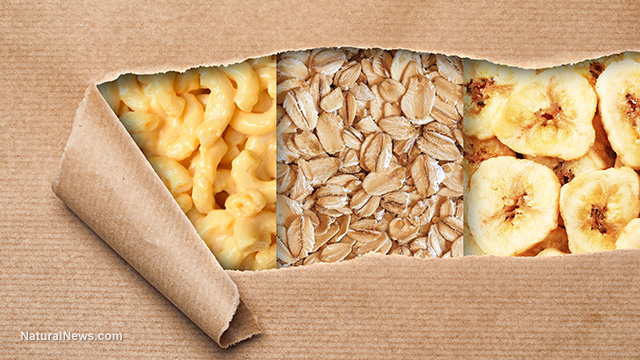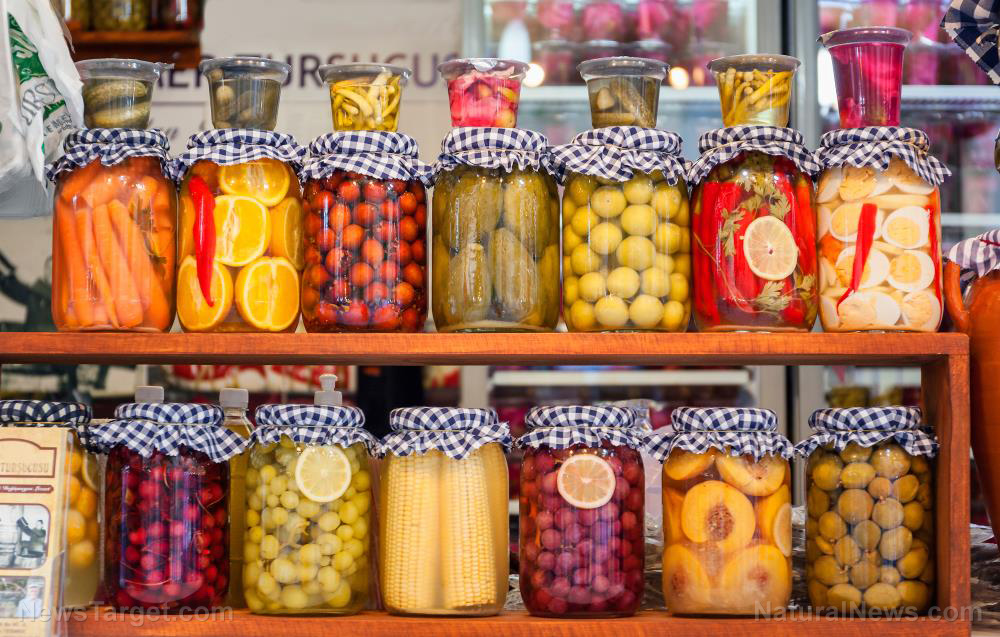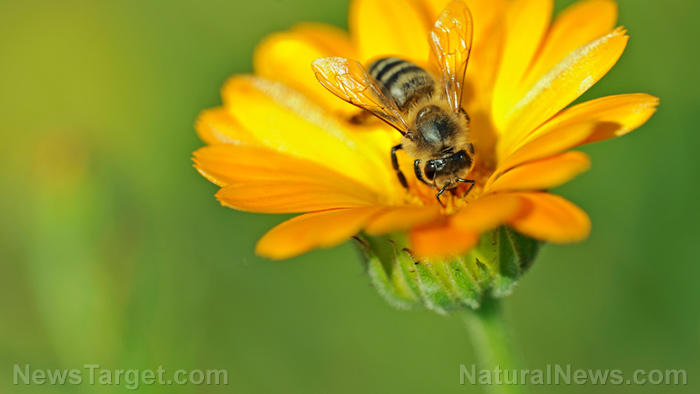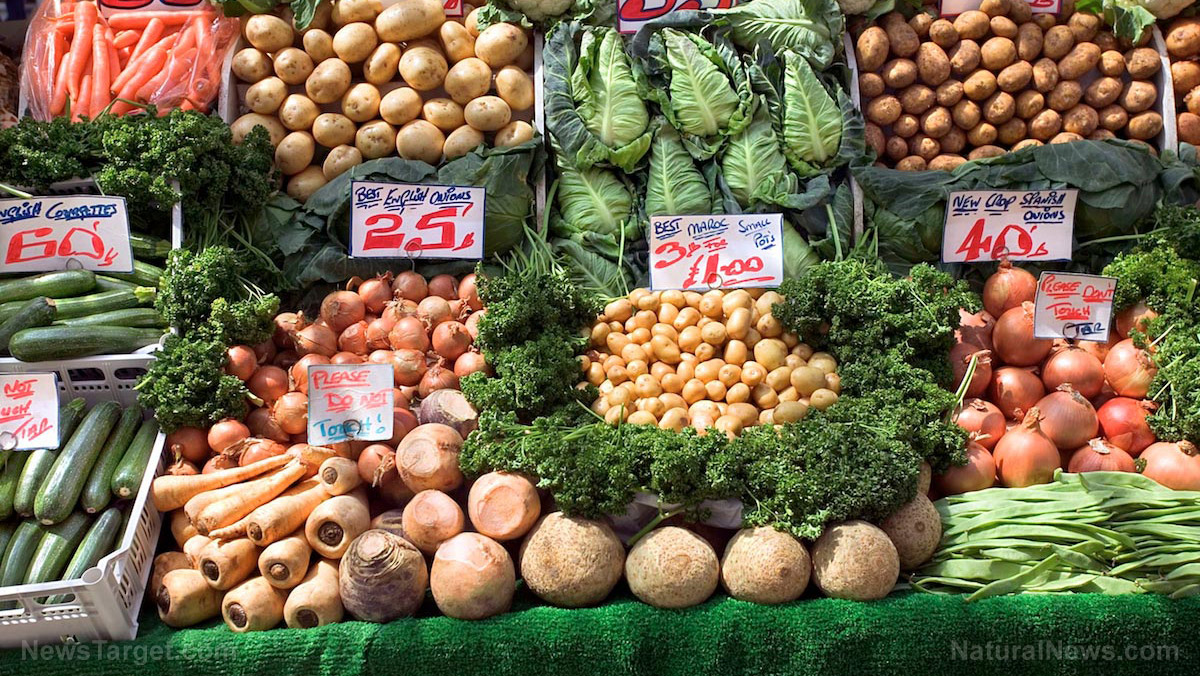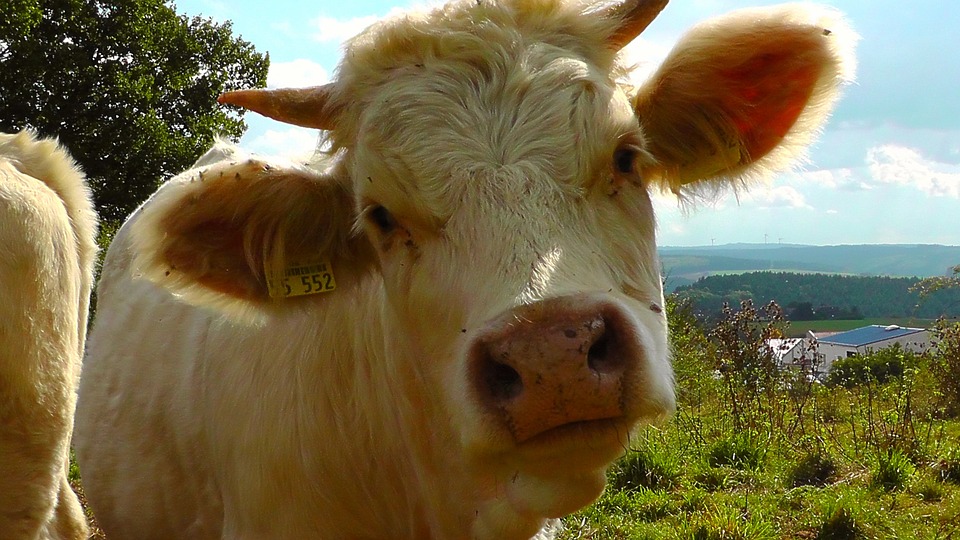GMO scientists think they’ve discovered the “God gene” for plant yields… but could accidentally create a food crop WIPEOUT
03/04/2019 / By Vicki Batts
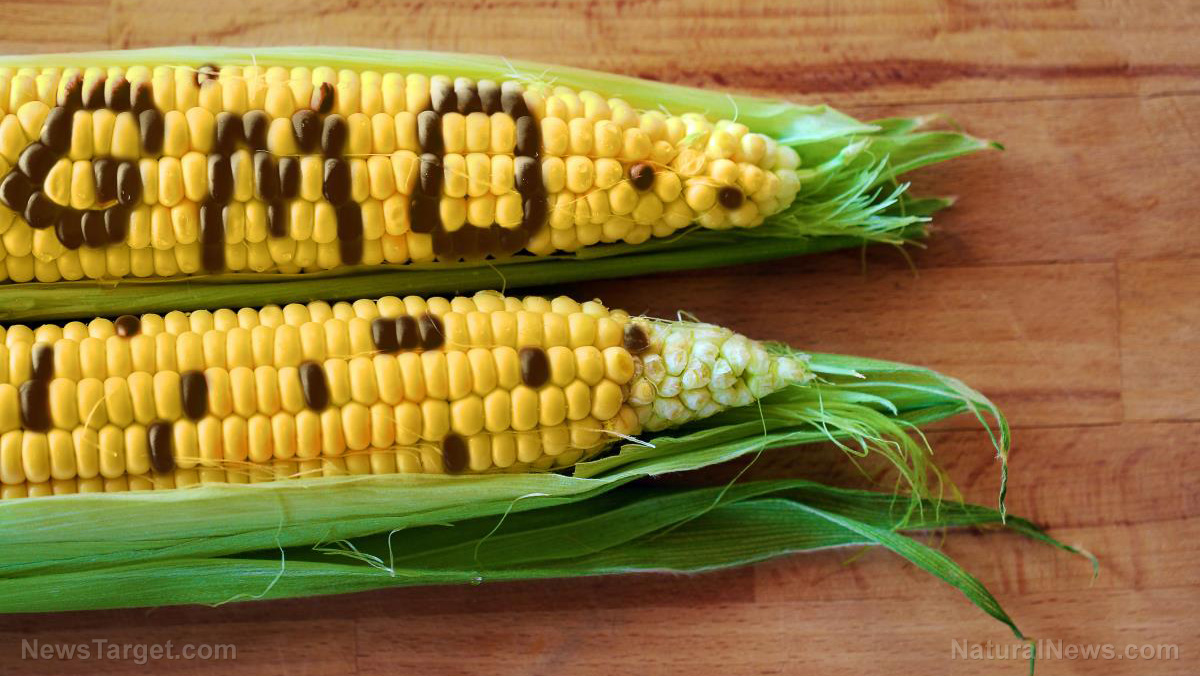
Plant geneticists are now saying they’ve uncovered the power of genome editing through a new application of CRISPR technology. The scientists from Cold Spring Harbor Laboratory say they have mobilized CRISPR-Cas9 tech to rapidly produce variants of the tomato plant engineered to display three key agricultural traits: fruit size, branching structure and plant shape. All three play a substantial role in how productive a plant will be — and by manipulating these traits, scientists say they can control a plant’s yield.
While their experiment focused on tomatoes, the Cold Spring Harbor Laboratory team says this application can be used on virtually any crop, including food, feed and fuel crops. For example, crops like wheat, rice, maize and sorghum can all reportedly be manipulated with this new technique.
Using CRISPR, scientists change the plant’s genetic sequences and expand genetic variation far beyond what could ever be found in nature. Research leader and professor at Cold Spring Harbor Laboratory Zachary Lippman explained, “What we demonstrated with each of the traits was the ability to use CRISPR to generate new genetic and trait variation that breeders can use to tailor a plant to suit conditions. Each trait can now be controlled in the way a dimmer switch controls a light bulb.”
How they’re changing the plant genome
Essentially, the CRISPR technology is used to “cut” away at key genetic sequences to induce changes to the three key areas that affect crop yields. The mutated areas are known as “quantitative trait loci” or QTL for short. As sources explain, plant breeders are always on the lookout for QTL, but the most valuable changes (those that increase output) are the most rare — or at least, they were.
Lippman, “Our approach can help bypass this constraint by directly generating and selecting for the most desirable variants controlling gene activity in the context of other natural mutations that benefit breeding. We can now work with the native DNA and enhance what nature has provided, which we believe can help break yield barriers.” Lippman and his team believe that they can combine naturally occurring QTL with CRISPR-generated QTL to expand such variations far beyond what you’d ever see in nature.
You can already see where this could so easily go awry.
One of the biggest concerns about genetic modification — in any of its various forms — is that the long-term effects of such genetic manipulation are unknown. Predicting what these genetic “edits” will transform into after being unleashed into the environment is notoriously hard to predict. The risks of GMOs are very real.
What are the consequences?
Further, while scientists may think they are mimicking natural variations, the very fact that these “variations” are controlled and executed in lab inherently means they are anything but a natural occurrence. The eventual goal of such genetic engineering is not to have more genetic variation in plants, but rather to have complete control over the plants’ genome. The study authors themselves note that they are essentially trying to create a league of crops with predictable yields — which would seemingly require plants with the same exact genes.
In an article for Harvard University‘s Science In The News, Heather Landry explains that genetic diversity is directly related to biodiversity. She states, “Maintaining genetic diversity is important for the environment and agriculture because increased variability in DNA will provide a better opportunity for organisms to adapt to a changing environment.” Another of the leading concerns about GMOs is that the reduction in diversity will make food crops more susceptible to plant diseases or other problems. Ireland’s potato famine during the 1800’s was a key example of this; all the potatoes being planted came from the same parent crop, which greatly reduced genetic diversity among plants. This proved to be extremely problematic when the pathogen P. infestans wiped out entire fields of potatoes. As Landry explains, all the potatoes had nearly identical genes, which meant none of the crops stood a chance at evading the plant-killing pathogen. More genetic diversity in the potato crops could have saved some of the crops.
With these modifications poised to be used in virtually every food crop, who knows what kind of mass plant die-off could occur? There are many dangers associated with GMOs, but the potential for a mass famine may just top the list.
Sources include:
Tagged Under: biodiversity, CRISPR, food supply, genetically modified crops, GMOs, mass famine, Plants, starvation

